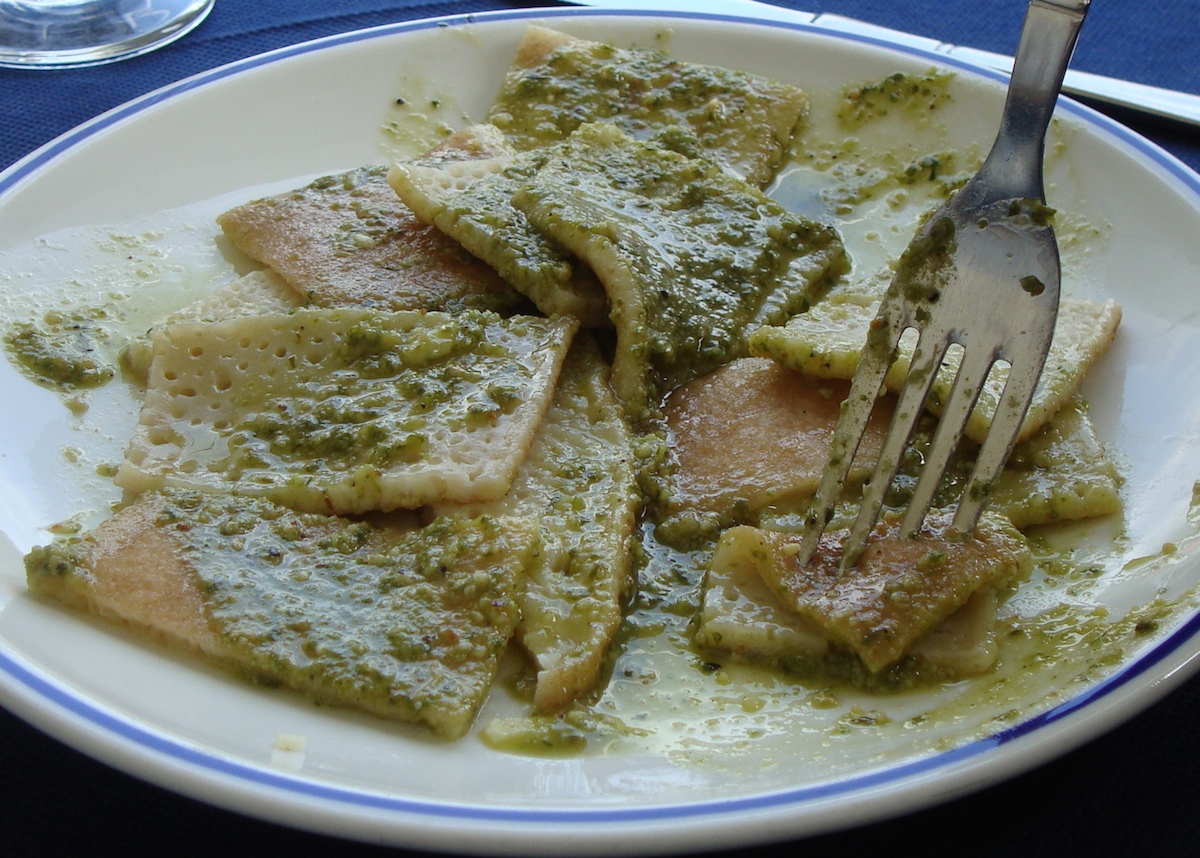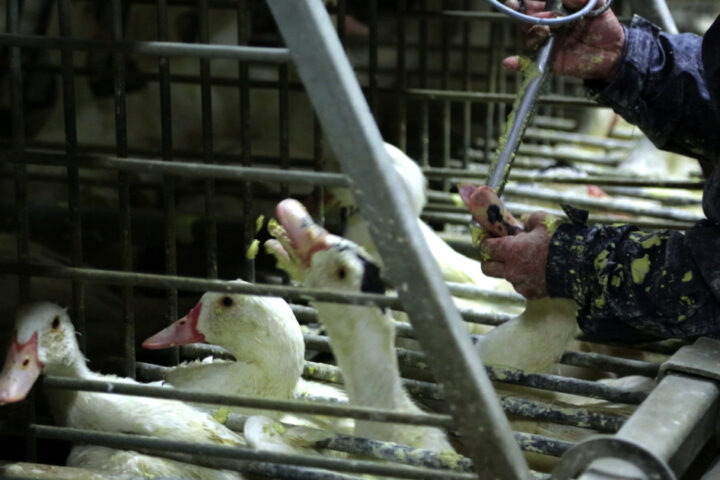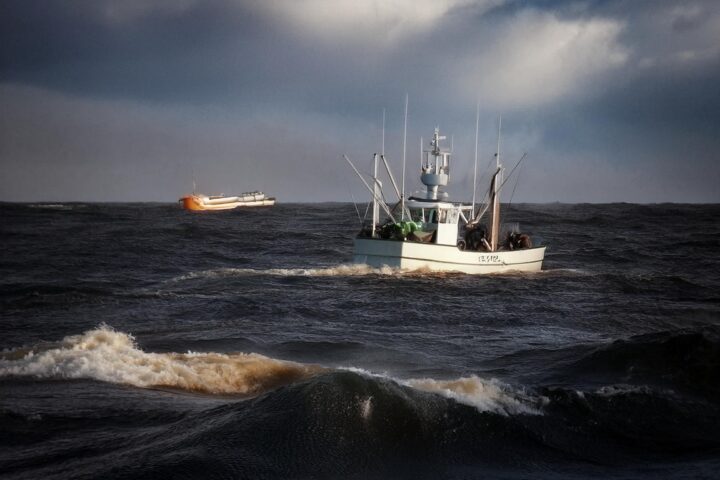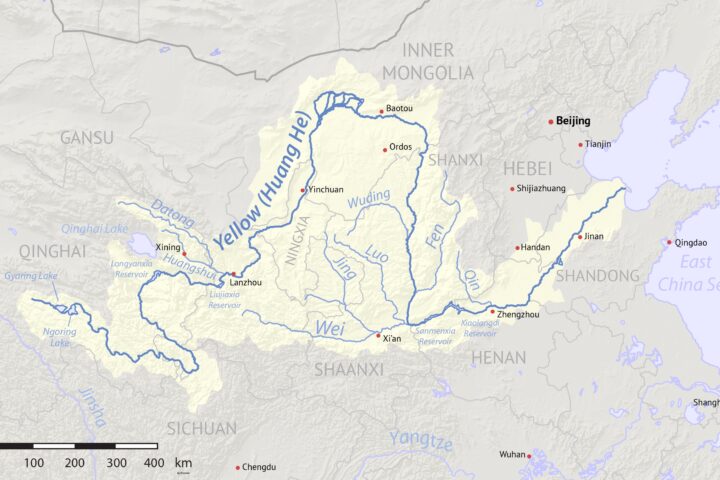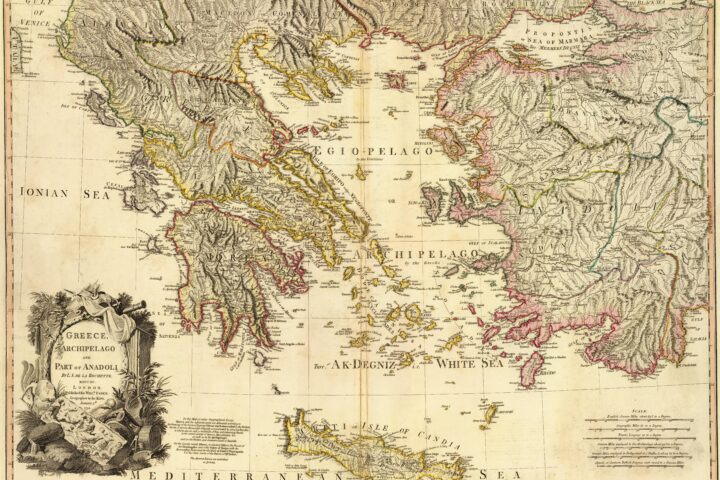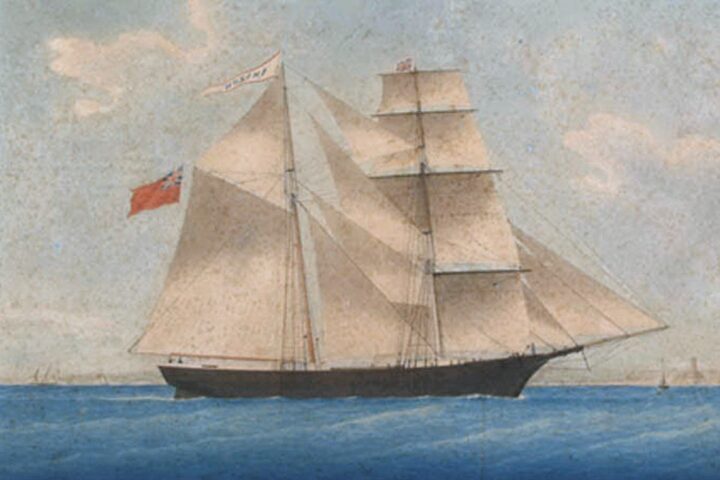Source: Testaroli-Pesto-Pontremoli_By J.P.Lon – Own work, CC BY-SA 3.0
Introduction
Food has, in its longest history, remained an integral part of human culture. It is not just what humans eat but also a means through which their sociality and cultural identity is expressed. Over time, foods that had been once commonly consumed become scarce and, in many instances, exotic. In this article, we explore the world of strange foods, where they come from, and what makes them scarce.
Ancient Delicacies: Taste of the Past
1. Stuffed Dormice: The Romans put dormice in jars with stuffing so that they become plump before being roasted on fire. This is nowadays regarded as barbaric but shows extravagance and restraint in their selection for culinary delights among the Romans.
2. Romanesque Eggs: Romanesque eggs are boiled eggs stuffed with a kind of spice and herbs mix and sometimes meat. It was one of the favorite dishes of the aristocracy in Rome.
3. Medieval Ice Cream: Medieval ice cream would be considered a real luxury, as a commodity was not so easy to find, primarily because of a lack of the ice-making machines. It was flavored with rosewater or saffron and used on special occasions only.
4. Elizabethan Sugar: Sugar was a luxury product in Elizabethan England and was often placed on cakes and pastries merely for visual appeal, as sugar’s flavor is overpowering. It also represents wealth and a high status level.
Victorian Excesses
1. Victorian Tripe: Tripe, the lining of a cow’s stomach, became part of Victorian England’s daily diet. Tripe was cooked with onions and mustard. It was considered to be a meaty and satisfying meal.
2. Victorian Jellies: Jellies popularized the Victorian pastries. Prepared from fruit, vegetables, and sometimes even meat, these have remained one of the most perfect confectioneries ever. People appreciate jellies for their appearance and flavor.
American Pioneers and Native American Cuisine
1. American Bison: Bison is one of the food types used by Native Americans and was hunted by early European pioneers too. A bison is hunted mainly for its meat, skin, and bones.
Global Delicacies: A Taste of the Exotic
1. Chinese Shark Fin Soup is among the most elite offerings in Chinese cuisine, prepared out of the fins of sharks, but it’s very hazardous for the environment and has already led to severe losses in shark populations.
2. Japanese Fugu: Fugu is Japan’s most poisonous food because it has a deadly toxin, hence only skilled chefs are authorized to prepare this dish; improper preparation by an incompetent chef can be fatal, thus, it is a test of skill and courage both for the chef and diner.
3. Icelandic Hákarl: Hákarl is fermented shark, which features on some gourmet restaurants in Iceland as the national delicacy. It had a ridiculously pungent smell and taste. Hákarl had long been part of the traditional diet in Iceland, often served on special occasions.
Why Rarity
There are numerous reasons why some foods have become rare or exotic:
- Cultural Significance: Some foods unfortunately seem to be associated with some cultures or traditions, so they are less available.
- Environmental Factors: Climate, geographic, and soil conditions limit the availability of some foods.
- Economic Factors: Production, transportation, and distribution costs limit the access of some food due to it being expensive.
- Ethical Factors: Animal rights, ethical environmental impacts, or their cultural influences limit the consumption of particular foods.
The Future of Exotic Foods
As the world is getting more connected, a new appetite for delicacies from other lands continues to grow. This has revived interest in the classic dishes and a renewed interest in the usage of local ingredients. However, it is also worth considering by such an ethical and environmental justification of eating rare or exotic food. This will ensure that the array of products is not diminished for generations to come. It also ensures preservation of diversity of food cultures while ensuring later generations have a wide variety of nutritious, delicious options for meals.
The Future of Rare Foods: A Culinary Renaissance
The food world is constantly changing because it is shaped by factors such as globalization, technology, and consumer preferences. Hence, the rare and unusual foodscapes also change. This section therefore examines the future of rare foods with emerging trends, challenges, and opportunities.
The Resurgence of Culinary Tourism
One of the biggest trends of the food industry is culinary tourism. Today, there is a rising trend among travelers who seek something unique, local, and authentic type of food experience. For that reason, people are demanding more rare and regional delicacies. It has revived interest in local cuisines, local ingredients, and thus created a new market for foods previously ignored in a domestic market.
Role of Technology
Advances in technology are also defining the future of rare foods. Online marketplaces connect producers with those who are keen on locating unusual ingredients. Food preservation and transportation innovation have increased the availability of fresh seasonal foods that would easily perish.
Ethical Considerations and Sustainability
Consumers are constantly becoming increasingly cognizant of all environmental and ethical implications that surround their food choices, then demanding foods that are sustainably sourced and responsibly produced. Thus, rare foods could be considered a special case, due to increased risks of overexploitation or habitat destruction.
For these issues, sustainable practices have become a stand for most producers and consumers, including organic farming, fair trade, and ethical sourcing. Another rising movement is the protection of biodiversity through preserving endangered species.
Challenges and Opportunities
Despite all these positive trends, the future of rare foods is, however, full of serious challenges. First, there is a concern for the long-term sustainability of such foods. Overexploitation as well as habitat loss and climate change pose serious threats to many rare species and their ecosystems.
To overcome these challenges, sustainable practices must be promoted; conservation efforts must also be supported and educated on how biodiversity plays an important role in human life.
Research and development must also be invested into new cultivation methods of rare foods and food technologies to ensure food security in the future. The land of rare food is a dynamic, expansive ecosystem. Consumers are slowly becoming more adventurous and demanding, thus upping the ante on experiences and authenticity of food products. However, this trend requires a responsible and sustainable approach. If we encourage sourcing that is ethical, invest in conservation efforts, and promote sustainable practices, we will help ensure that the future of rare food is light and prosperous.
Sources:
- https://www.quora.com/What-were-the-strangest-ways-that-food-was-prepared-in-history
- https://thelocavore.in/2022/12/22/the-trio-thats-digitising-indias-culinary-history/
- https://thelocavore.in/2023/02/09/what-does-it-take-to-chronicle-culinary-memory/
- https://en.wikipedia.org/wiki/List_of_ancient_dishes

